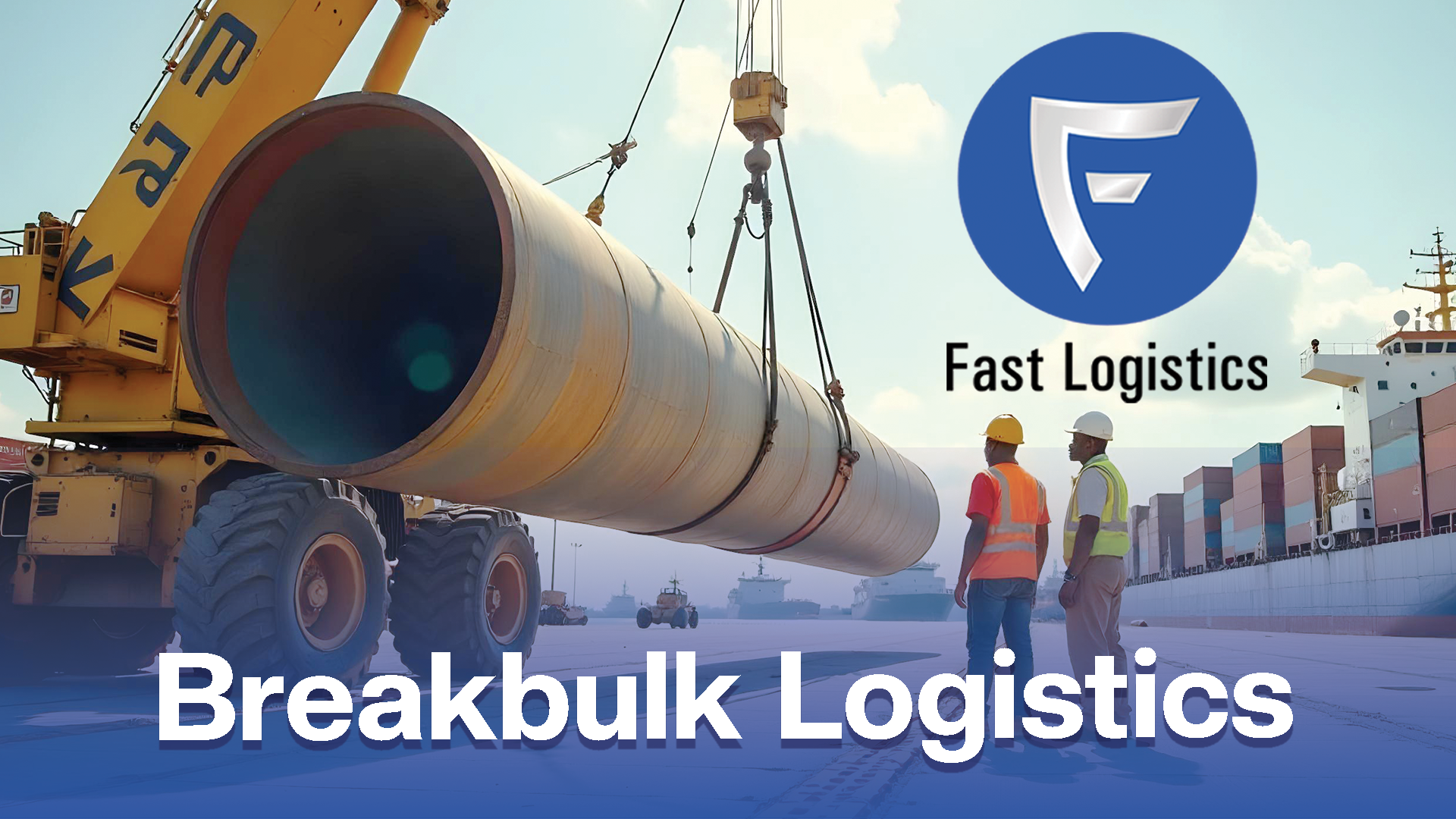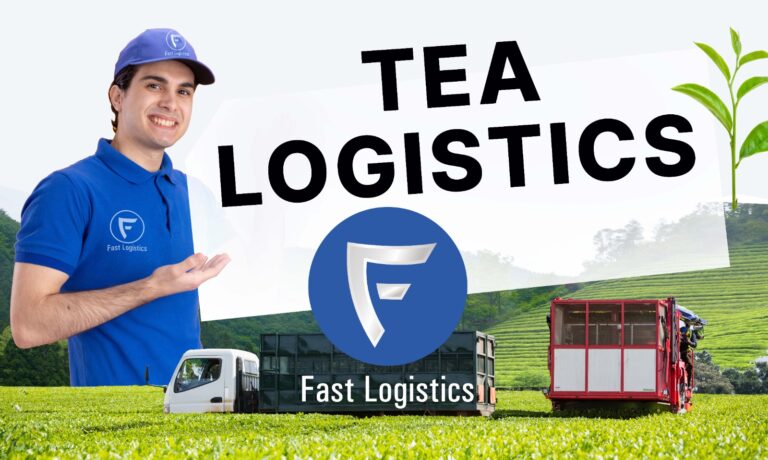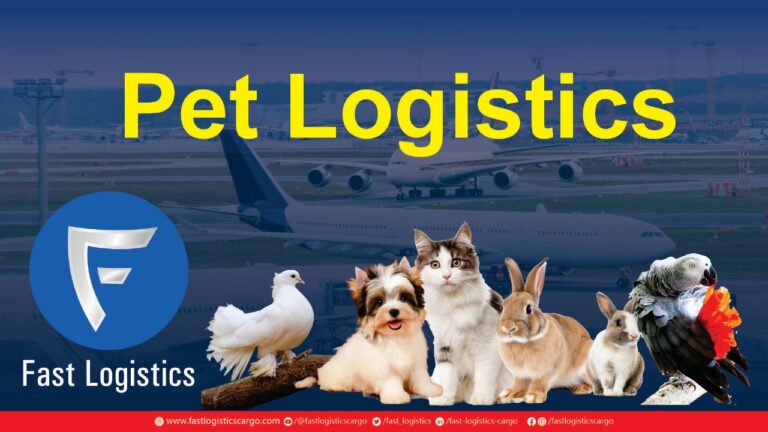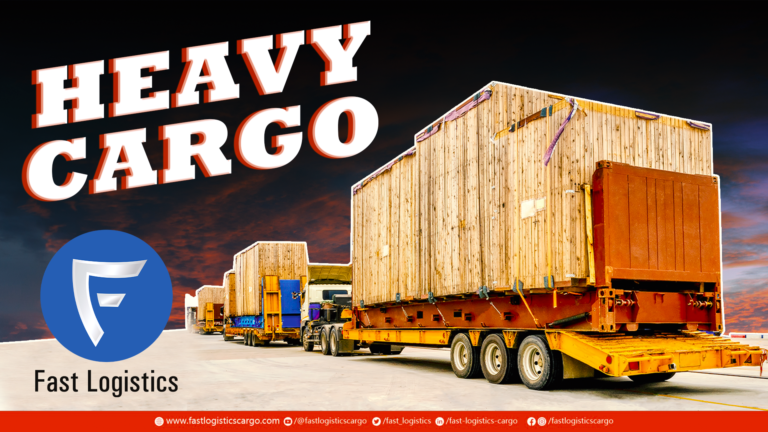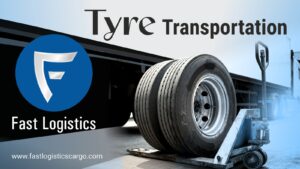Breakbulk Logistics
Breakbulk logistics is a specialized segment within the freight and shipping industry, catering to cargo that is too large, heavy, or uniquely shaped to fit into standard containers. This method is crucial for transporting oversized items such as heavy machinery, construction equipment, and steel beams, facilitating the global trade of non-standard goods. It is especially vital for industries like construction, oil and gas, and manufacturing, which require tailored solutions for their complex shipping needs.
What is Breakbulk Cargo?
Breakbulk cargo refers to goods that must be transported individually, often disassembled due to their size or shape. Unlike bulk cargo (loose goods like grains or liquids) or containerized cargo (items packed in standard containers), breakbulk cargo includes items that may require special handling or lifting equipment. Examples include turbines, vehicles, industrial components, and large machinery.
Why Breakbulk Logistics Matters?
Breakbulk logistics is a unique solution for transporting large or unconventional goods across the globe. With the rise in complex industries and growing demand for heavy equipment in sectors like construction and manufacturing, breakbulk logistics has become essential. Here’s why it matters:
- Flexibility: Breakbulk logistics allows for the transportation of items of varied shapes and sizes, often with more options for loading and unloading than containerized freight.
- Access to Remote Locations: Some project sites are located in remote areas where containerized freight cannot be delivered, making breakbulk logistics the only viable solution.
- Facilitating Large-Scale Projects: Industries like construction, mining, and energy production depend on breakbulk logistics to move materials and machinery needed for large-scale projects.
Strategies for Effective Breakbulk Logistics
To overcome the challenges of breakbulk logistics, companies need to adopt strategies that allow for seamless transportation and effective cost management.
- Detailed Pre-Shipment Planning: This includes selecting the most efficient transport routes, securing necessary permits. Scheduling the right equipment for loading and unloading and identifying potential delays.
- Choosing the Right Carrier and Port: Ensuring the right carriers and ports are selected can prevent logistical setbacks and ensure timely deliveries.
- Custom Packaging Solutions: Packaging tailored to the size, shape, and fragility of the cargo ensures it’s protected during transit.
- Multi-Modal Transport Coordination: Coordinating different modes of transportation (land, sea, and air) optimizes the logistics process for large items.
- Expertise in Handling and Equipment: Proper training and the right equipment are essential for handling breakbulk cargo efficiently and safely.
Fast Logistics Excels in Breakbulk Logistics
Fast Logistics specialize in providing customized breakbulk logistics solutions for large and non-standard cargo. Our experienced team is equipped to handle complex shipments, ensuring safe and efficient delivery. We offer services such as detailed planning, specialized handling, and multi-modal transportation, all managed with advanced technology and expertise.
In addition to breakbulk logistics, Fast Logistics offers a comprehensive suite of services tailored to various industries:
- International Air Freight
- Global Air Charter Operations
- International Ocean Freight
- Overland Transport
- Warehousing
- Dangerous Goods Handling
- Customs Clearance
- Project and Heavy Cargo
- 3PL (Third-Party Logistics)
Whether you’re transporting heavy machinery or oversized equipment, Fast Logistics is here to ensure a smooth and secure breakbulk logistics experience. Let us handle your complex shipments, so you can focus on driving your projects forward.
FAQ-
Common breakbulk items include machinery, construction equipment, vehicles, steel beams, wind turbines, oil and gas equipment, and other oversized or irregularly shaped cargo that doesn’t fit in standard containers.
Unlike container shipping, which involves standardized containers, breakbulk shipping transports individual pieces of cargo, often due to their size, weight, or shape. Breakbulk logistics typically require cranes, forklifts, and other heavy-duty equipment to handle and load the cargo safely.
Required documents include a bill of lading, commercial invoice, packing list, export/import licenses, and any specialized permits for oversized or dangerous cargo. Certain countries may also require additional certifications or permits.
Personnel typically load and unload breakbulk cargo using cranes, forklifts, and other heavy-duty equipment. They often rely on specialized tools to handle oversized or exceptionally heavy items, carefully overseeing each step to ensure safety.
Breakbulk typically involves oversized cargo that doesn’t fit into standard containers. Project cargo, on the other hand, often includes breakbulk items. But is specifically linked to large-scale projects like power plants or construction sites. These projects require complex logistics planning and multimodal transport solutions.


